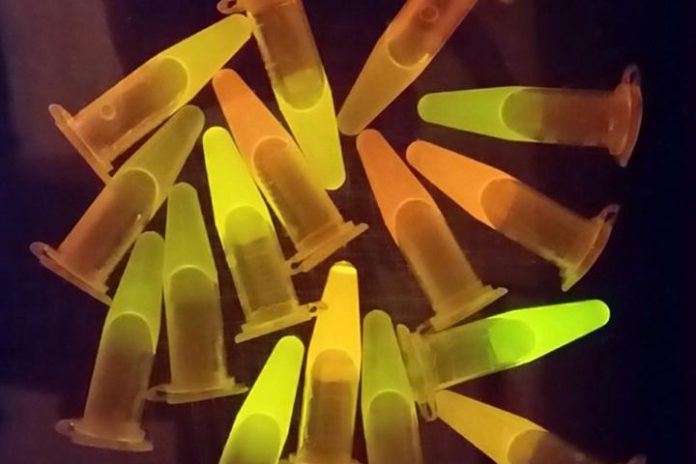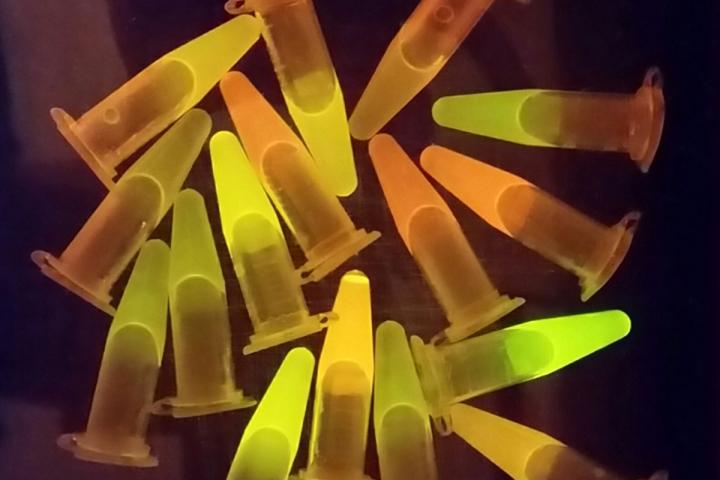
Proteins are notoriously difficult to synthesize in the lab. But they are essential for developing drugs such as insulin or clotting factors. Researchers at Washington University School of Medicine in St. Louis have found a way to change the sequence of the amino acids which make up proteins. And, as a result, it has sped up the laborious and costly process used today, tenfold.
“The process of producing proteins for medical or commercial applications can be complex, expensive and time-consuming,” commented senior author of the study Sergei Djuranovic, Ph.D., an associate professor of cell biology and physiology. “If you can make each bacterium produce 10 times as much protein, you only need one-tenth the volume of bacteria to get the job done, which would cut costs tremendously.” Another good thing about the process is that it will work with any kind of protein.

To begin with, the researchers changed the sequence of just the first few amino acids which make up protein. As this was the start of the experiment, they didn’t really think it would have that much effect. It turns out, they were wrong. The changing of the sequence actually increased protein expression by around 300%! That’s when Djuranovic and colleagues started looking at why. Using green fluorescent protein, a biomedical research tool to estimate how much protein was in a sample, the researchers changed the sequence in the first few amino acids of the protein, generating more than 9,000 distinct versions, all identical apart from at the beginning.
There were many different versions of the green fluorescent protein ranging from very dim to super bright. And using careful analysis techniques, the researchers, alongside others from Washington University and Stanford University, managed to identify combinations of the amino acids at positions three, four, and five of the amino chain which was responsible for the spike in protein expression. The results of the study, which are published in Dec. 18 issue of Nature Communications, could help increase protein production not just for the medical industry, but also for other industries including food, chemical, and agriculture.
